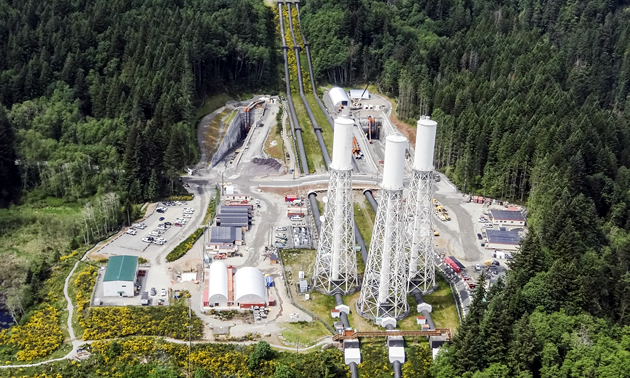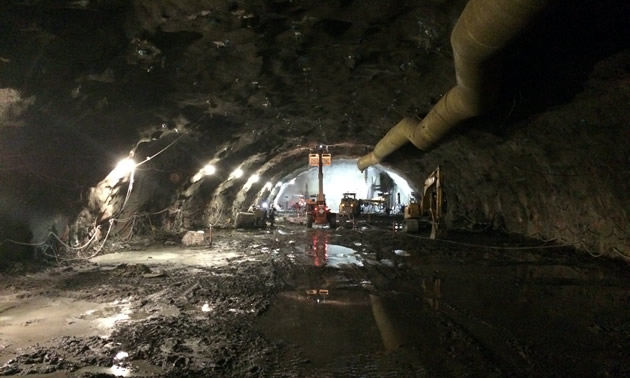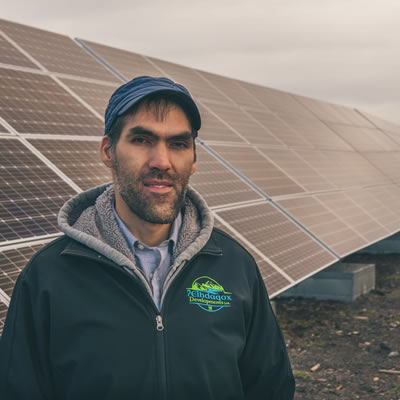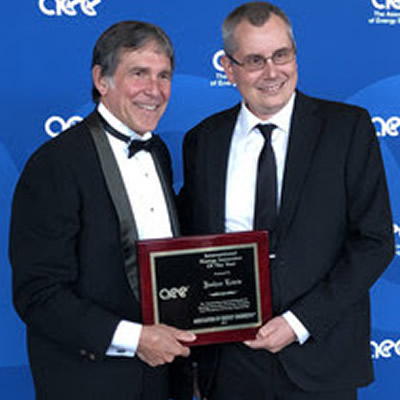Keeping Vancouver Island lit
The $1.1-billion John Hart Generating Station Replacement in Campbell River, B.C., is well underway

The John Hart Generating Station and Dam is located only six kilometres from the city of Campbell River, and this 250-acre property is surrounded by the Elk Falls Provincial Park. — photo courtesy BC Hydro
With three large generating stations in the vicinity, Campbell River is an important supplier of hydroelectric power for Vancouver Island. One of these facilities, the John Hart Generating Station, produces about 17 per cent of the total generating capacity on the Island. It is aging, however, and concerns for this 68-year-old facility’s seismic safety, reliability and environmental performance have arisen.
That is why BC Hydro is upgrading the John Hart Generating Station to the tune of $1.1 billion.
It’s a five-year project that began in the spring of 2014. When complete, the site will have an innovative underground powerhouse; three 1.8-kilometre pipelines with a 2.1-kilometre tunnel; a new water intake at the John Hart Spillway Dam; and a new water bypass facility.
So far, the first stage of the powerhouse cavern has been completed and two underground portals leading into the cavern have been finished. A cofferdam is being erected to keep water back from the dam while the water intake is relocated, and drilling, blasting and rock excavation have begun on the tailrace.

A 93-metre-long cavern has been created and this is where the powerhouse will be situated. Here, work is being done on stabilizing the ceiling of the cavern. — photo courtesy BC Hydro
“Basically, we’re spanning to all key areas of the site now,” said Stephen Watson, spokesperson for the project.
A boost for the local economy
There are approximately 215 workers on site and 80 per cent of the workforce is local hire, which, according to Watson, is good for Campbell River.
“It makes sense to hire local people,” said Watson. “And I don’t think we could have picked a better community in the province to undertake a project of this magnitude. Historically, there have been a lot of trades, equipment and experience in Campbell River but with Catalyst, the pulp and paper mill that was shut down, and TimberWest, people have had to go to Fort McMurray and other locations (to find work).”
BC Hydro has worked closely with the community to keep the public informed, and it has formed key partnerships with the Cape Mudge Indian Band, the Campbell River Indian Band and the Comox First Nation.
BC Hydro even took the community into consideration during its procurement process. A year before the contract for the John Hart Generating Station Replacement was awarded, BC Hydro held a sort of speed dating event that allowed representatives from each team bidding on the project to meet with local contractors and suppliers from Vancouver Island. Watson said this helped the bidding teams get a better feel for the community.
SNC-Lavalin, through its special purpose project company, InPower BC, was selected as the preferred contractor on the John Hart project, as well as a financial partner. The facility is operated by BC Hydro, but InPower BC is providing 40 per cent of the project costs. BC Hydro provides 60 per cent at the start, and the company will pay back the 40 per cent to InPower BC over 15 years. According to Watson, it’s like a performance warranty.
“We’re really the first hydroelectric utility in North America to undertake such a procurement process,” said Watson, “and we’re really happy with it.”
The agreement also gave InPower BC, or SNC-Lavalin, the opportunity to design the new facility.
The main subcontractor for civil works on the John Hart project is ASL-JV, a joint venture consisting of Aecon Group Inc. and SNC-Lavalin. Frontier-Kemper Constructors Inc. and Hatfield Consultants are lead subcontractors on this project as well.
Moving ahead
So far, everything is on schedule. Watson said the project will reach its peak in late 2016 and the new generating station will be commissioned in the fall or winter of 2018. Removal of the existing facility will take place in early 2019.
Until then, the existing facility will continue to operate with the capacity to produce 121 megawatts (enough to power 74,000 homes annually). When complete, the John Hart Generating Station will have the capacity to produce 132.2 megawatts (powering 80,000 homes annually). More importantly, it will be able to withstand an earthquake, operate more efficiently and have little impact on the environment.
It will also be a step ahead in ensuring the growing electrical needs of Vancouver Island can be met.
For more information about the John Hart Generating Station Replacement, see BC Hydro’s website.




